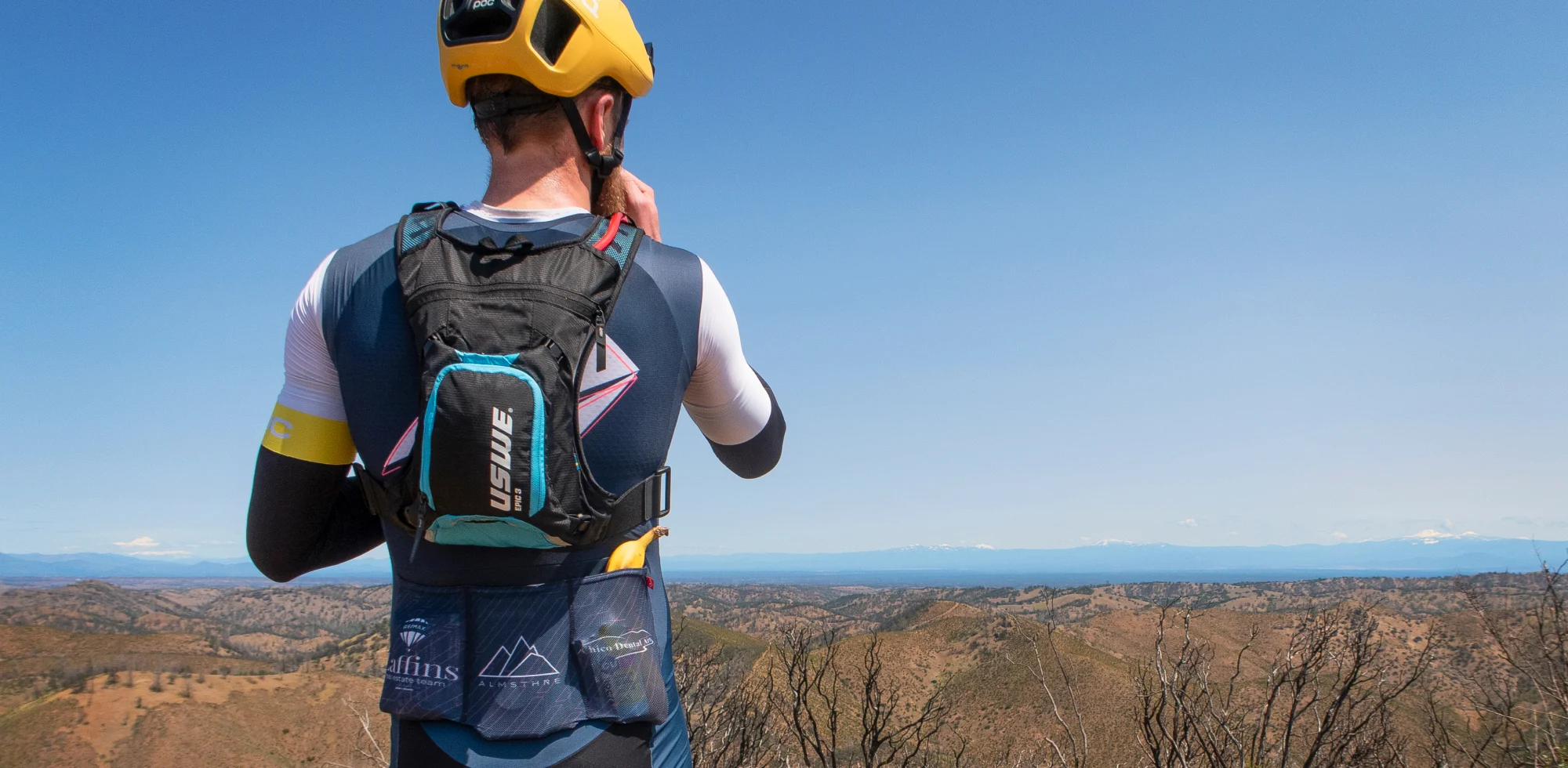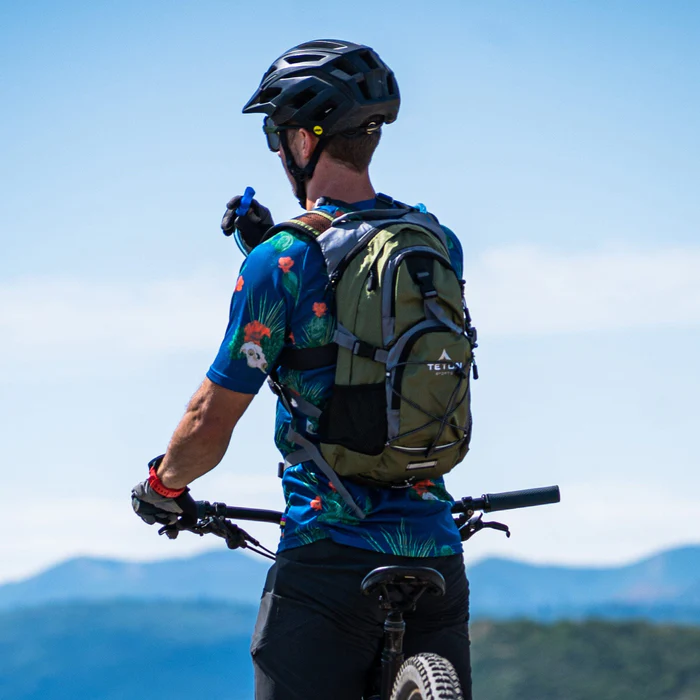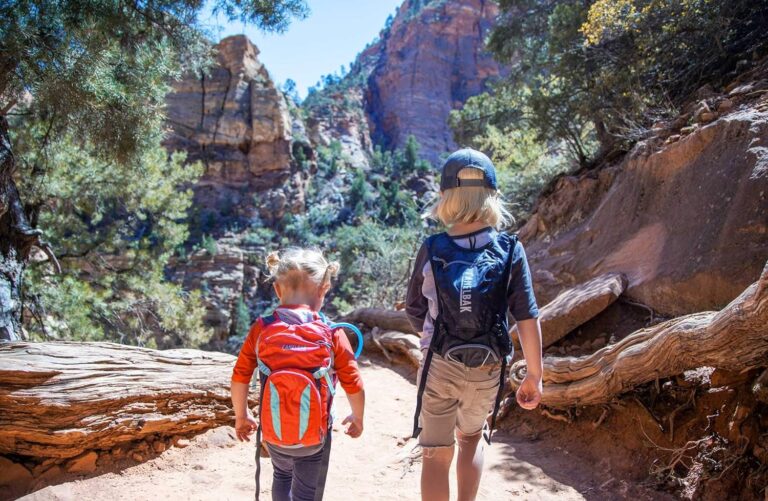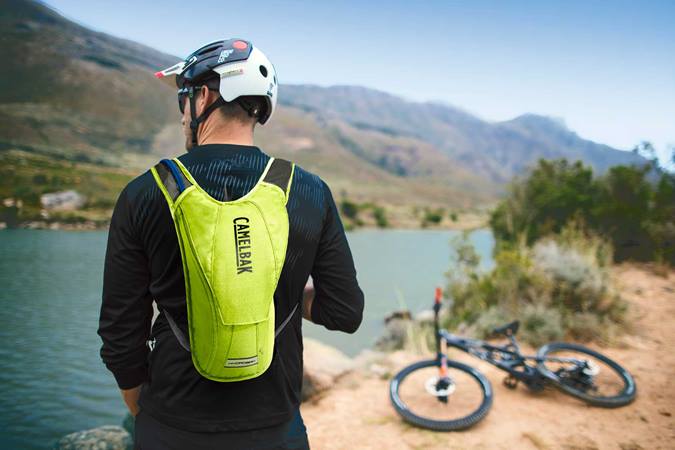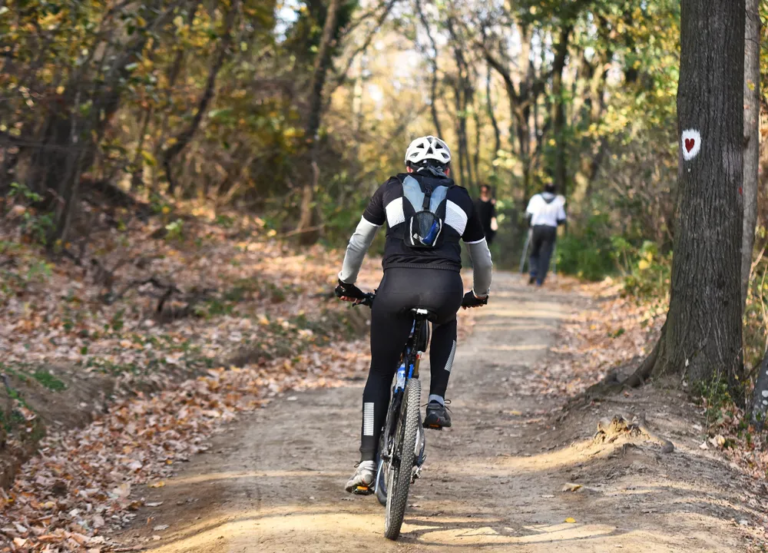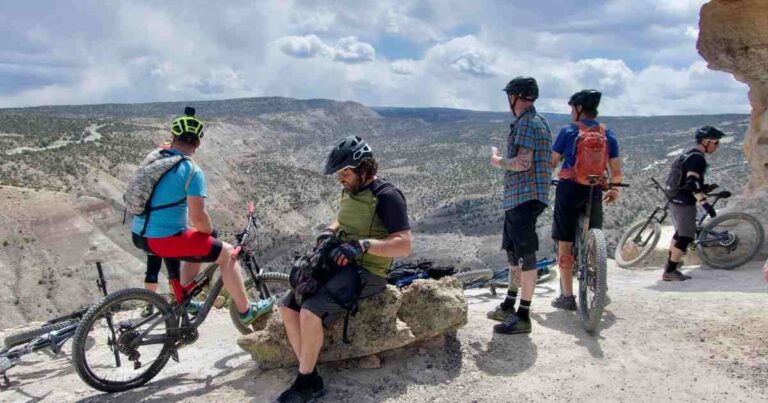Using Hydration Packs in Various Weather Conditions: A Cyclist’s Guide

Key Point Summary of Using Hydration Packs in Various Weather Conditions:
- Adapting Hydration Packs for Different Climates: Tailoring your hydration strategy for varying weather conditions.
- Weatherproof Features in Hydration Packs: Essential features to look for in weatherproof hydration packs.
- Practical Hydration Tips for All Weather Cycling: Sharing personal experiences and effective hydration strategies for cycling in diverse weather.
As a masters cyclist with years of experience racing and riding across different terrains and weather conditions, I’ve come to appreciate the versatility of hydration packs. Whether I’m tackling the muddy trails on my mountain bike, cruising on my gravel bike, or racing in a cyclocross event, staying hydrated is crucial, and the weather plays a significant role in how I manage it. This guide is tailored for cyclists with beginner to mid-level experience, aiming to provide practical insights into using hydration packs effectively in various weather conditions.
Adapting Hydration Packs for Different Climates
Weather conditions can drastically change your hydration needs. In hot and dry climates, for instance, I’ve found that a larger hydration packs are necessary to carry enough water to prevent dehydration. Conversely, in cooler or wet conditions, I might opt for a smaller pack, as my hydration needs decrease.
- For Hot and Dry Climates: A larger pack like the Platypus Duthie A.M. 10.0 is ideal. This pack comes with a 3-liter reservoir, ensuring you have ample water for long, hot rides. Its design focuses on carrying a larger water quantity without compromising on comfort and stability. The CamelBak M.U.L.E. is also an excellent choice. It offers a generous hydration capacity (up to 3 liters), which is crucial for staying hydrated in hot, dry conditions. Additionally, its design balances the load comfortably, making it ideal for longer rides.
- For Cooler or Wet Conditions: A smaller, more compact option like the Salomon ADV Skin 5 would be more suitable. It has a 2-liter hydration capacity, which is generally sufficient in cooler weather when your hydration needs are lower. This pack is also known for its snug fit and comfort, making it a great choice for wet conditions where you want to avoid excessive gear. The Osprey Syncro series is also perfect for cooler climates.
These packs are smaller, featuring hydration bladders of around 2 to 2.5 liters, which is typically enough in less intense conditions. They also offer good weather resistance and a comfortable fit, ensuring your pack doesn’t become burdensome in wet weather.
Weatherproof Features in Hydration Packs
When selecting hydration packs for weather-varied cycling, consider these key features:
- Insulation: Crucial for both hot and cold weather. In hot conditions, insulated packs keep water cool, while in cold weather, they prevent the water from freezing.
- Water-Resistant Materials: These are a must for rainy or snowy conditions. Any weatherproof hydration packs ensures your essentials stay dry.
- Ventilation: In hot and humid weather, a pack with good back ventilation helps reduce sweat and increases comfort.
When considering hydration packs that meet these specific weatherproof features, here are a few recommendations:
- For Insulation: The CamelBak M.U.L.E. Pro 14 comes highly recommended. It’s designed with insulation to keep water cool in hot weather and to prevent freezing in cold conditions. Its Crux reservoir delivers 20% more water per sip, which is a bonus in extreme weather.
- Water-Resistant Packs: The Osprey Syncro series is known for its weather-resistant materials. Perfect for rainy or snowy conditions, these packs keep your essentials dry, thanks to their high-quality, water-resistant construction.
- Ventilation: The Deuter Race Air series stands out for its excellent back ventilation system. The Aircomfort back system reduces sweat and increases comfort, especially in hot and humid conditions.
When selecting hydration packs, it’s essential to consider how it fits with your specific cycling needs and preferences. Comfort, capacity, and additional features like storage pockets and ease of cleaning should also play a role in your decision-making process. More lists on our Best Hydration Packs!
Practical Hydration Tips for All-Weather Cycling
- Hot Weather Hydration: In the scorching summer heat, I make sure to fill my hydration bladder with ice before topping it off with water. This keeps the water cool for longer periods, providing relief during long rides.
- Cold Weather Challenges: During winter rides, water in the hose can freeze, rendering the pack useless. I learned the hard way that blowing water back into the bladder after drinking prevents this issue. Also, insulated hoses can be a game-changer in freezing conditions.
- Rainy Conditions: Always ensure your pack is water-resistant or has a rain cover. I remember a particularly wet race where my non-waterproof pack got soaked, adding unnecessary weight and soaking my supplies.
- General Maintenance: Regularly cleaning your hydration pack is essential regardless of the weather. This includes drying it out thoroughly after use to prevent mold growth, especially in humid conditions.
- Adjusting for Comfort: Different weather conditions may require different clothing layers, and your hydration pack should adjust accordingly. Ensure the straps can be easily modified to fit over a light jersey or a bulky winter jacket.
Using hydration packs in various weather conditions doesn’t have to be a hassle. With the right pack and some weather-specific adjustments, you can stay hydrated and comfortable in any climate. Being prepared for the weather not only improves your performance but also enhances your overall cycling experience.
FAQ
Can you use a hydration pack in winter?
Yes! You can use a hydration pack in winter. Just ensure it’s insulated to prevent water from freezing, especially in the hose and bite valve. Wearing the pack under a jacket can also help. Regular cleaning and maintenance are important in colder temperatures.
When should you use a hydration pack?
You should use a hydration pack during activities like long-distance cycling, hiking, running, and outdoor sports where access to water is limited and you need to stay hydrated over an extended period. They are also useful in situations where carrying water bottles is impractical.
What are the benefits of hydration packs?
The benefits of hydration packs include convenient and hands-free hydration, carrying a larger water capacity than bottles, even weight distribution for comfort, and additional storage space for essentials like snacks and tools. They’re particularly useful for activities where regular hydration is key and carrying traditional water bottles is impractical.
In conclusion, whether you’re braving the heat in dry terrains or navigating cooler, wetter climates, choosing the right hydration packs are vital. The CamelBak M.U.L.E. and Osprey Syncro series stand out as top choices for their respective conditions, each offering the perfect blend of capacity, comfort, and weather-appropriate features.
The right gear not only enhances your cycling experience but also ensures your safety and well-being on the trails. Happy cycling and stay hydrated!
John
